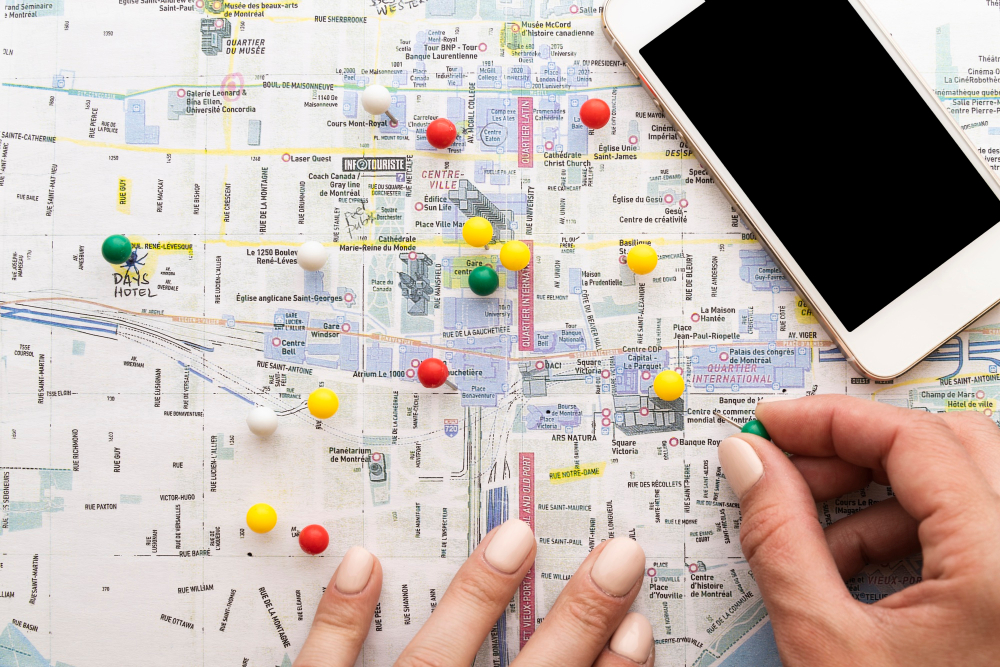
In today’s fast-paced world, technology is transforming industries across the board, and real estate is no exception. One of the most impactful advancements is the integration of geospatial technology with mobile apps, offering a new dimension to property search, management, and investment. Let’s explore how geospatial technology is revolutionizing the real estate sector.
1. Enhanced Property Search and Visualization
Geospatial technology enables mobile apps to provide detailed maps and real-time data, making property search more intuitive and informative. Potential buyers can view properties on interactive maps, explore neighborhood amenities, and even visualize future developments. This spatial context helps users make informed decisions without the need for physical visits, saving time and resources.
2. Improved Property Management
For property managers, geospatial mobile apps streamline the management process. These apps can track property locations, monitor maintenance schedules, and optimize route planning for property inspections. The integration of GPS and mapping technologies ensures efficient resource allocation and enhances the overall management experience.
3. Accurate Property Valuation
Geospatial analytics combined with mobile apps can significantly improve the accuracy of property valuations. By analyzing spatial data such as proximity to schools, transportation, and commercial areas, these apps provide a comprehensive understanding of a property’s value. This data-driven approach helps investors and buyers make well-informed financial decisions.
4. Risk Assessment and Mitigation
Understanding the geographical risks associated with a property is crucial for both buyers and investors. Mobile apps leveraging geospatial technology can provide insights into flood zones, earthquake-prone areas, and other environmental risks. This information is vital for risk assessment and mitigation, ensuring that stakeholders are aware of potential hazards.
5. Enhanced Customer Engagement
Real estate companies can use geospatial mobile apps to enhance customer engagement. These apps offer personalized experiences by providing location-based recommendations and alerts. For instance, users can receive notifications about new listings in their preferred areas or updates on property prices. This targeted approach increases customer satisfaction and loyalty.
6. Smart City Planning and Development
Geospatial technology plays a crucial role in urban planning and smart city development. Mobile apps equipped with geospatial and internet of things data help planners visualize and analyze urban growth patterns, infrastructure needs, and environmental impacts. This holistic view supports sustainable development and ensures that real estate projects align with broader urban planning goals.
Conclusion
The integration of geospatial technology with mobile apps is revolutionizing the real estate industry. From enhancing property search and management to providing accurate valuations and risk assessments, these advancements offer numerous benefits to buyers, investors, and property managers alike. As the technology continues to evolve, we can expect even more innovative applications that will further transform the real estate landscape.
Embrace the future of real estate with geospatial technology and mobile apps, and unlock new possibilities for growth and efficiency.

